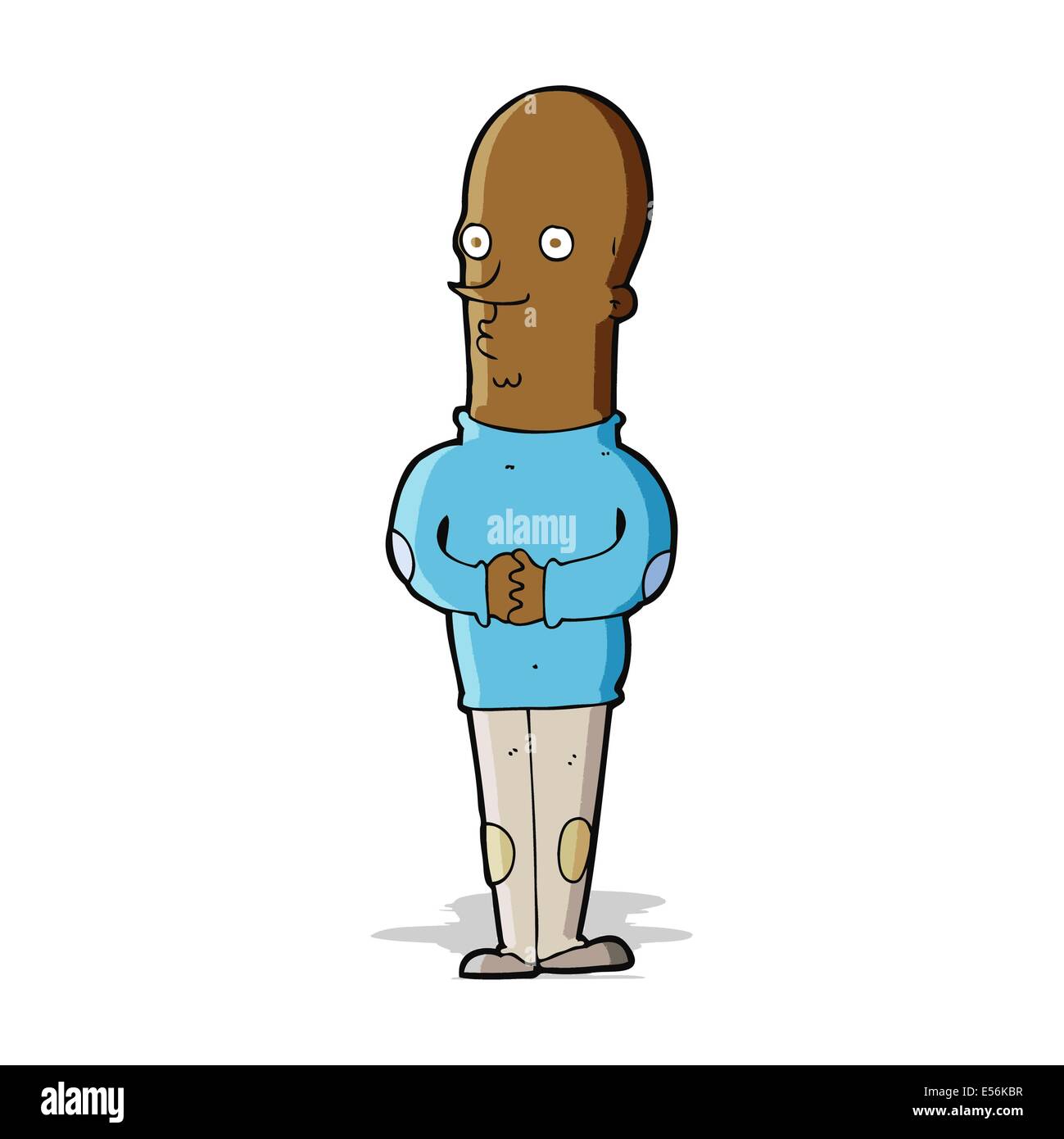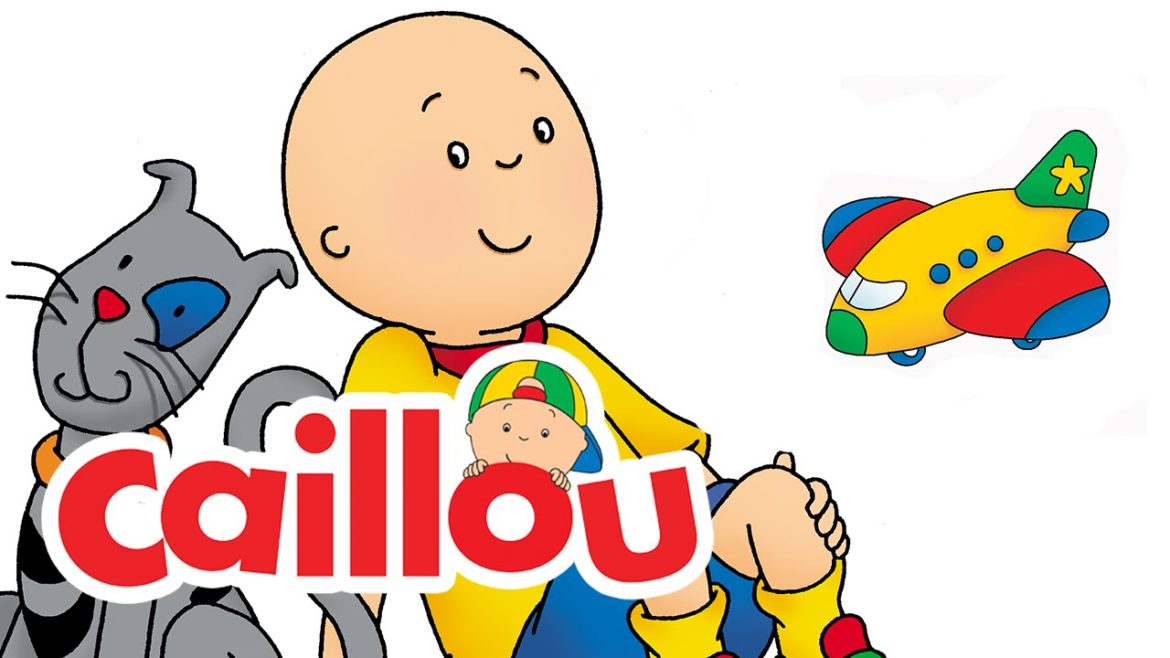When you think about cartoon characters, you might picture colorful worlds, quirky personalities, and sometimes... bald heads. Bald cartoon characters have carved out a unique niche in the world of animation, bringing their own brand of charm and charisma. Whether they’re heroes, villains, or lovable sidekicks, these characters leave a lasting impression. In this article, we’ll dive deep into the world of bald cartoon characters, exploring why they’re so memorable and how they’ve shaped the industry.
From classic TV shows to modern blockbusters, bald characters have been a staple of animated storytelling. They often bring something special to the table—whether it’s humor, depth, or just plain uniqueness. So, why do creators choose to make their characters bald? And what does it say about the characters themselves? Let’s find out.
This article isn’t just about listing bald cartoon characters—it’s about understanding the cultural significance of these characters and how they’ve influenced the way we perceive animation. So grab your popcorn, and let’s get started!
Read also:Aj Styles Wife The Untold Story Of A Wwe Superstars Better Half
Here’s a quick overview of what we’ll cover:
- Introduction to Bald Cartoon Characters
- Why Are Some Characters Bald?
- Famous Bald Cartoon Characters You Know and Love
- The Role of Bald Characters in Animation
- How Bald Characters Reflect Society
- Bald Villains vs. Bald Heroes
- Biographies of Iconic Bald Cartoon Characters
- Lessons We Can Learn from Bald Characters
- Future Trends in Cartoon Character Design
- Conclusion and Final Thoughts
Introduction to Bald Cartoon Characters
Bald cartoon characters might seem like a small niche, but they’re actually a big deal in the animation world. Think about it—characters like Homer Simpson, Mr. Burns, and even Shrek’s donkey sidekick, Donkey, all share one common trait: a lack of hair. But why? Why do animators choose to make some of their characters bald? It’s not just about aesthetics; it’s about storytelling.
Why Are Some Characters Bald?
There’s no one-size-fits-all answer to this question, but there are a few reasons why creators might choose to make a character bald. First, it can be a way to make a character stand out visually. In a world where everyone else has hair, a bald character is instantly recognizable. Second, baldness can be used to convey certain personality traits—think of Mr. Burns, whose bald head and sinister demeanor make him the perfect villain.
Third, baldness can be a tool for humor. Let’s face it, bald jokes are timeless. Animators often use bald characters to add a layer of comedy to their shows. And finally, baldness can be a way to reflect real-life diversity. Not everyone has a full head of hair, and animation is a great platform to celebrate that fact.
Famous Bald Cartoon Characters You Know and Love
Let’s talk about some of the most iconic bald cartoon characters. These are the ones you’ve probably seen on TV, streaming platforms, or even in theaters. They’re the ones who’ve made a lasting impact on the world of animation—and on us as viewers.
Homer Simpson
You can’t talk about bald cartoon characters without mentioning Homer Simpson. The lovable, doughnut-loving father from Springfield is one of the most famous bald characters of all time. His baldness is iconic, and it’s become a defining feature of his character. But Homer’s baldness isn’t just for show—it’s a reflection of his personality. He’s a regular guy who’s not afraid to be himself, and his lack of hair is just one more thing that makes him relatable.
Read also:The Ugly Truth About The Ugliest Man On The Planet
Mr. Burns
On the other end of the spectrum, we have Mr. Burns, Homer’s boss and one of the most evil bald characters in animation. His bald head is as sinister as his personality, and it’s become a symbol of his power and greed. Mr. Burns’ baldness isn’t just a visual trait—it’s a way to convey his character’s flaws and strengths.
Donkey from Shrek
Donkey might not be the first bald character that comes to mind, but he’s definitely one of the most memorable. His smooth, shiny head is a running joke throughout the Shrek series, and it adds a layer of humor to his already hilarious personality. Donkey’s baldness is a reminder that even the most unexpected traits can be celebrated in animation.
The Role of Bald Characters in Animation
Bald characters play an important role in animation. They’re not just there to fill a visual gap—they’re there to tell a story. Whether they’re heroes, villains, or sidekicks, bald characters bring something unique to the table. They can be used to convey humor, depth, or even social commentary.
For example, bald characters often represent power and authority. Think of Mr. Burns or even Darth Vader (yes, he’s technically bald under that helmet). Their lack of hair is a symbol of their strength and dominance. On the other hand, bald characters can also represent vulnerability. Think of characters like Charlie Brown or Piglet, whose baldness is a reflection of their gentle, kind-hearted nature.
How Bald Characters Reflect Society
Animation isn’t just about entertainment—it’s also a reflection of society. Bald cartoon characters can be a way to explore real-world issues like diversity, acceptance, and even body image. By creating bald characters, animators are saying that it’s okay to be different. It’s okay to not have a full head of hair. It’s okay to be yourself.
Bald characters can also be a way to challenge stereotypes. For example, the idea that bald men are always angry or intimidating is a common trope in media. But characters like Homer Simpson and Donkey show us that baldness doesn’t have to be associated with negativity. It can be a source of pride and even humor.
Bald Villains vs. Bald Heroes
One interesting aspect of bald cartoon characters is the way they’re often divided into villains and heroes. On one hand, you have characters like Mr. Burns and Darth Vader, whose baldness is a symbol of their evil intentions. On the other hand, you have characters like Homer Simpson and Donkey, whose baldness is a sign of their good-hearted nature.
But why is this? Why do we associate baldness with both good and evil? It might have something to do with the way we perceive baldness in real life. In some cultures, baldness is seen as a sign of wisdom and power, while in others, it’s seen as a sign of weakness. Animation reflects these cultural attitudes, using baldness as a tool to tell complex stories.
Biographies of Iconic Bald Cartoon Characters
Let’s take a closer look at some of the most iconic bald cartoon characters. We’ll explore their backstories, personalities, and the impact they’ve had on the world of animation.
Homer Simpson
| Name | Homer Jay Simpson |
|---|---|
| Age | 39 (as of 2023) |
| Occupation | Safety Inspector at the Springfield Nuclear Power Plant |
| Family | Marge (wife), Bart, Lisa, and Maggie (children) |
| Claim to Fame | Being the lovable, bumbling father of Springfield |
Homer Simpson is the heart and soul of The Simpsons. His baldness is just one of the many traits that make him such a beloved character. Despite his flaws, Homer is a loyal husband and father who always tries to do the right thing—most of the time.
Mr. Burns
| Name | Charles Montgomery Burns |
|---|---|
| Age | 104 (as of 2023) |
| Occupation | Owner of the Springfield Nuclear Power Plant |
| Family | None known (aside from his deceased mother) |
| Claim to Fame | Being the archetypal evil billionaire |
Mr. Burns is the quintessential bald villain. His lack of hair is a symbol of his greed and power, and it’s become an integral part of his character. Despite his villainous tendencies, Mr. Burns has a soft spot for his loyal assistant, Waylon Smithers.
Lessons We Can Learn from Bald Characters
Bald cartoon characters can teach us a lot about life. They remind us that it’s okay to be different, that diversity is something to be celebrated, and that humor can be found in even the most unexpected places. They also show us that baldness doesn’t have to be a source of shame—it can be a source of pride.
For example, Homer Simpson teaches us that it’s okay to be imperfect. He’s not the smartest guy in Springfield, but he’s always trying his best. Donkey teaches us that it’s okay to be loud and proud, even if you don’t fit the traditional mold. And Mr. Burns teaches us that even the most evil characters can have a soft spot.
Future Trends in Cartoon Character Design
As animation continues to evolve, we’re likely to see more diverse and inclusive character designs. This includes more bald characters, as creators strive to reflect the real world in their work. We might even see bald characters taking center stage in more stories, rather than just being sidekicks or supporting characters.
One trend to watch is the use of baldness as a tool for social commentary. As society becomes more accepting of diversity, animators are using bald characters to explore issues like body image, self-acceptance, and even mental health. This trend is likely to continue as animation becomes more inclusive and representative.
Conclusion and Final Thoughts
Bald cartoon characters might not seem like a big deal, but they’ve had a huge impact on the world of animation. From Homer Simpson to Mr. Burns, these characters have taught us valuable lessons about diversity, acceptance, and self-acceptance. They’ve also shown us that humor can be found in even the most unexpected places.
So the next time you see a bald cartoon character, take a moment to appreciate them. They’re more than just a visual trait—they’re a reflection of the world we live in. And who knows? You might just learn something new about yourself in the process.
What are your favorite bald cartoon characters? Let us know in the comments below, and don’t forget to share this article with your friends!


